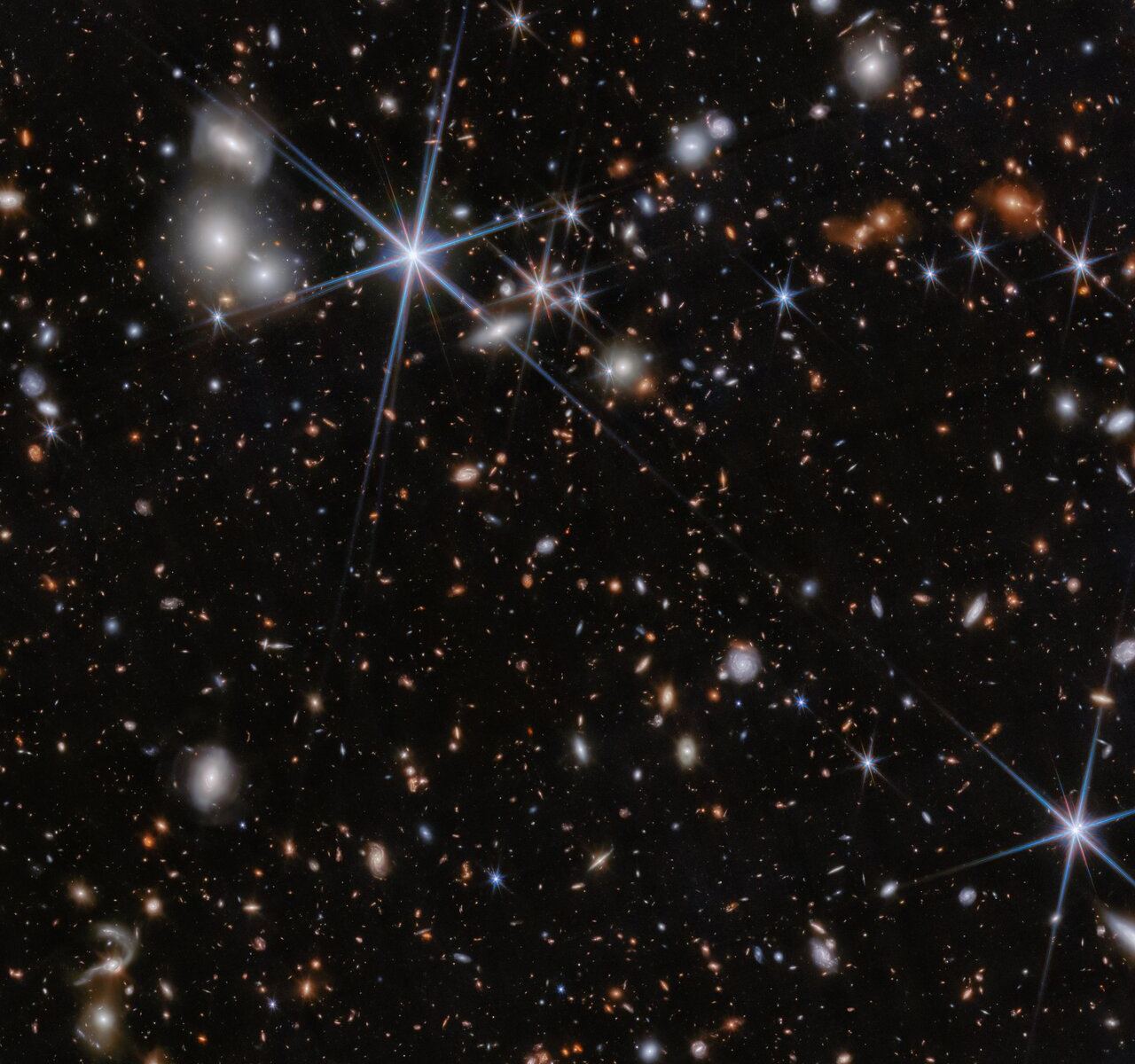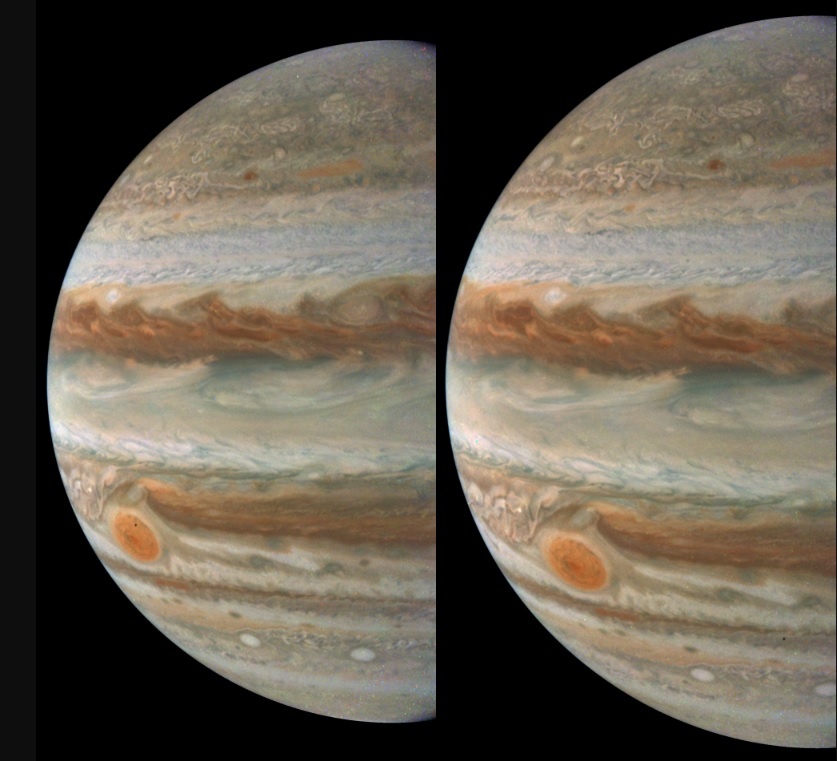A long time ago, in two galaxies far, far away, two massive black holes merged. This happened when the Universe was only 740 million years old. A team of astronomers used JWST to study this event, the most distant (and earliest) detection of a black hole merger ever.
Continue reading “Webb Sees Black Holes Merging Near the Beginning of Time”Webb Sees Black Holes Merging Near the Beginning of Time







![Artist’s impression of one of the two stars in the FU Orionis binary system, surrounded by an accreting disk of material. What has caused this star — and others like it — to dramatically brighten? [NASA/JPL-Caltech]](https://www.universetoday.com/wp-content/uploads/2020/02/PIA20689_fig1.jpg)


